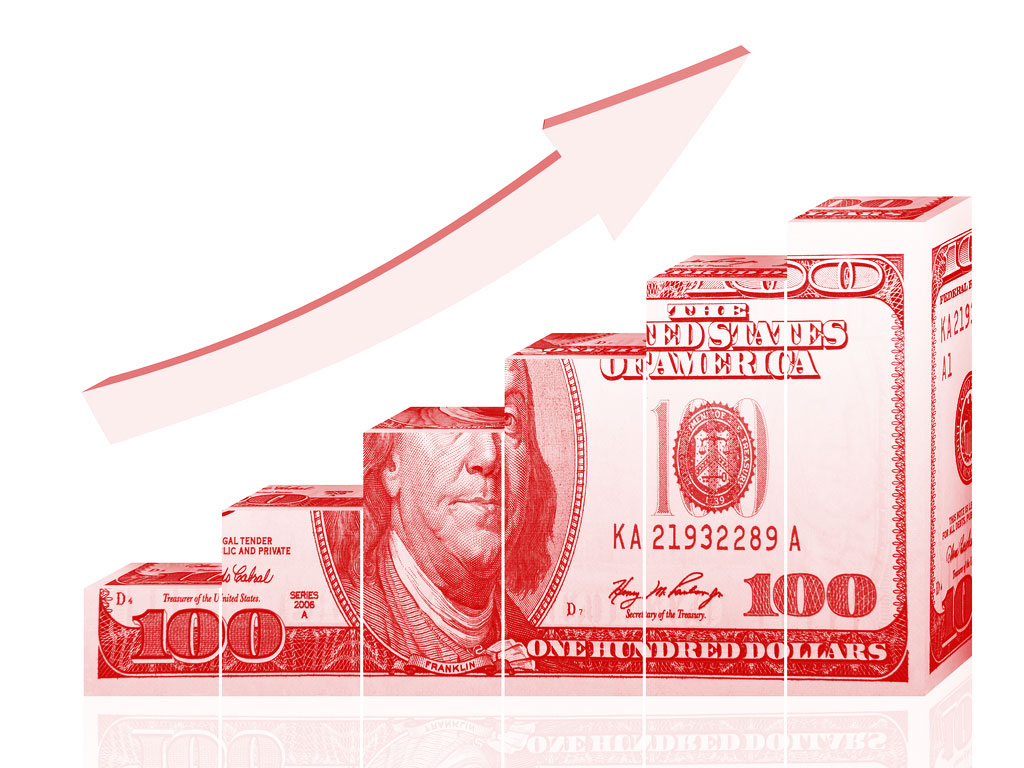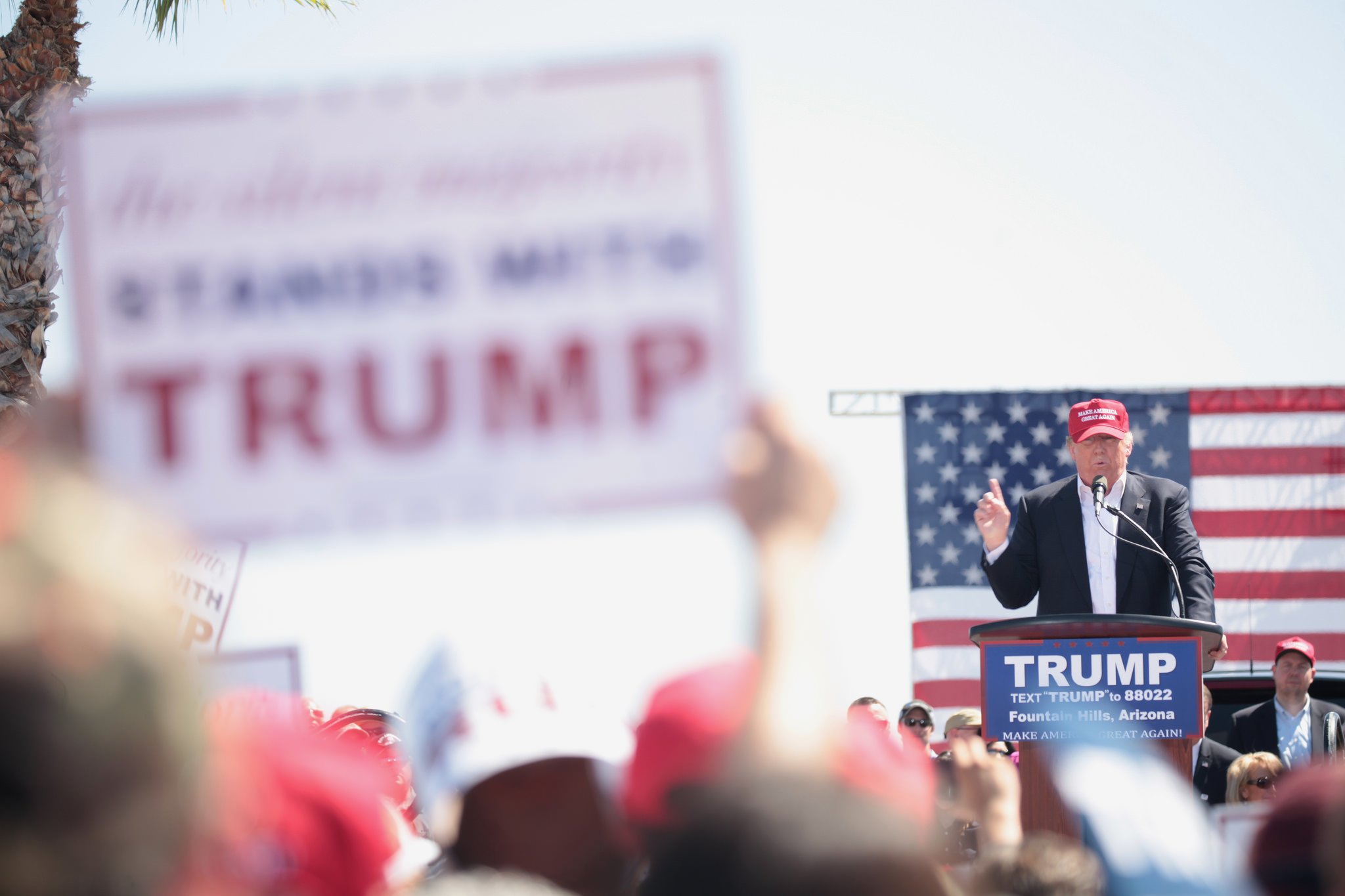Despite our nation’s deep political divide, there is consensus that reducing rising healthcare costs should be a top policy priority. While overall U.S. prices grew on average at below 2% in 2016, health care grew at 4%. For decades, healthcare costs have continued to grow faster than our economy with no signs of stopping. Health care constitutes 17% of our Gross Domestic Product, but has failed to produce health outcomes to justify its bloated size. By comparison, France, Canada, and Australia have healthcare sectors constituting 11.5%, 10.4% and 9.5% of their GDPs respectively. Despite the lower expenditures and older populations, these countries produce better health outcomes. Although the U.S. pays more for health care than any other nation per person, over 11% of U.S. adults are uninsured, putting both their financial and physical wellbeing in jeopardy. Lawmakers and the public must seriously consider how the healthcare system has been allowed to balloon as it has, and how it can be stopped. Part of the blame undoubtedly rests on the U.S. tax code. By subsidizing health care’s expansion, healthcare affordability and fiscal sustainability are placed at ever greater risk.
A major tax giveaway for the healthcare industry is the tax exclusion for employer-sponsored health insurance, which allows employers to contribute to their employees’ health insurance plans tax-free. Unlike salaries and wages, employer contributions to these plans aren’t subject to payroll and income taxes. This encourages employers to provide more generous health insurance plans to their workers in lieu of taxable income, regardless of whether employees actually need the additional coverage. In effect, the tax code allows businesses to overspend on health care, and underspend on wages and salaries. While having the opposite effect today, the healthcare tax exclusion was initially meant to encourage widespread insurance coverage. During the price and wage controls of WWII, in an effort to appease unions, the government allowed businesses to provide health insurance benefits to employees free from federal taxation. This was extremely successful in encouraging employers to offer health coverage for millions of American workers, removing the need to adopt a universal healthcare system. While other Anglo-Nations have adopted a single-payer system, allowing the government to serve as the health insurance provider for its citizens, the U.S. continues to rely heavily on private insurance.
There is near consensus among economists that this tax exclusion, while encouraging greater healthcare coverage through employment, serves to increase the overall cost of health care for everyone. This opinion is held by renowned economists on both sides of the political aisle. Lawrence Summers, who served under the Clinton administration and Gregory Mankiw, who served under the Bush Jr. administration, co-wrote an article stating that “if people have insurance that pays for too much, they don’t have enough skin in the game… They may not try hard enough to buy services from the lowest cost provider. Such behavior can drive national health spending beyond what is necessary and desirable.” By taxing health care like salaries and wages, or at least capping the amount of insurance benefits that can be tax free, workers would be smarter about their healthcare shopping. They would act more cost effectively and help to keep the overall cost of healthcare down by not over-consuming.
Not only is this exclusion inefficient, it is expensive, costing the federal government over $210 billion in forgone tax revenues. That figure is predicted to increase to $376 billion by 2026. The healthcare exclusion is also grossly unfair, primarily benefiting the rich. In 2016, the exclusion was worth about $1,000 to Americans on average, compared to over $3,000 for the top 20%. The exclusion was worth a mere $20 for the bottom 20%. This isn’t knowledge confined to the halls of academia; policy makers from both sides are well aware of the harmful effects of the tax exclusion, as shown by their healthcare plans.
On the left, capping the tax exclusion is somewhat implemented in the Affordable Care Act through the “Cadillac Tax,” which subjects expensive, employer-provided health insurance plans to a 40% tax. However, its implementation has been delayed to 2020 and will likely be delayed again. On the right, the “A Better Way” GOP healthcare plan proposes something similar: a cap on employer healthcare benefits, limiting how much of employer provided healthcare benefits would be tax free. However, information such as where the cap would be placed, or what tax rate benefits above the cap would be subject to, has yet to be provided.
Yet as economists and policy makers acknowledge the need to reform the healthcare tax exclusion, employers and workers have been quick to defend it. Businesses want to keep providing generous tax-free benefits in lieu of taxable wage and salary increases. Workers, especially heavily insured union workers, want to preserve these benefits. Although most Americans believe they already pay too much in federal taxes, a tax on healthcare benefits is a necessity to control rising costs. If left uncontrolled, Americans will have to pay even higher taxes down the road to finance an even larger healthcare sector. And this long term view should be more of a concern for Americans. According to a 2012 poll, there also appears to be near consensus among economists that the rising cost of health care will inevitably lead to either cuts in healthcare benefits, tax hikes for the average American, or both. While employer healthcare benefits appear to be “free,” we will all end up paying for it through higher costs, higher taxes, and less spending on essential government services.
The tax exclusion creates a vicious cycle between our tax code and healthcare system, the rising cost of one leading to the same effect for the other. Due to the exclusion, the healthcare system continues to expand because of its favorable tax treatment. This expansion leads to rising costs and forces government budgets to allocate more tax revenues to healthcare, inevitably forcing policymakers to raise tax rates. The hike in tax rates makes providing healthcare benefits ever more attractive due to its tax free status in a high tax environment. The cycle continues as more of our economy’s resources go toward the healthcare industry and away from more socially productive areas. Health care, rather than contributing to economic growth, would be taking a bigger portion of it, referred to by economists as “rent-seeking.” And not only is this cycle self-reinforcing, but also self-sustaining. As the healthcare industry continues to bloat, interests become more powerful and fight harder to preserve the status quo, which has become even more valuable to them. As the profits of the pharmaceutical and insurance industries increase, they will have more to lose from fundamental reform and will fight aggressively to keep the system tilted in their favor. And as the healthcare exclusion becomes more valuable for the rich, who will also strive to maintain it, the burden of higher healthcare costs will continue to be borne disproportionately by the most vulnerable: the uninsured and underinsured.
A meaningful cap on employer provided healthcare benefits, while not being a silver bullet, would be an effective first step in improving our tax code and healthcare system. If not implemented, the vicious cycle will expand further, with healthcare expenses crowding out productive investments, only to level off when taxes are high. Benefits will be slashed and the healthcare industry will be even wealthier and bloated. This is an issue we cannot afford to ignore, and it deserves to be a major political concern.



